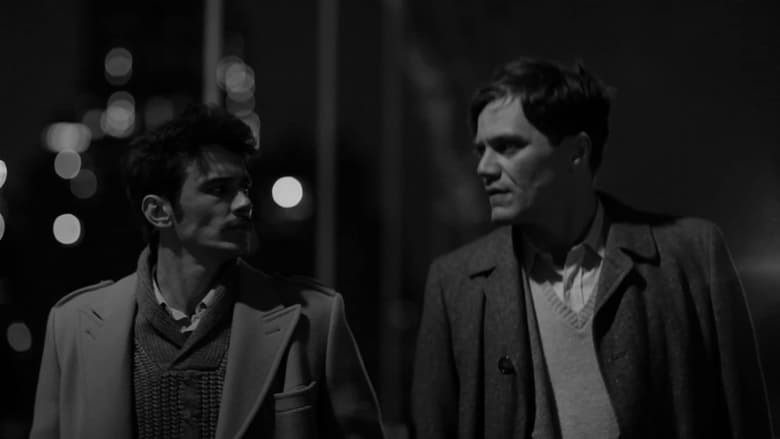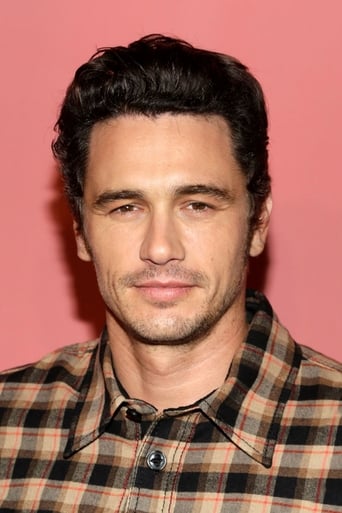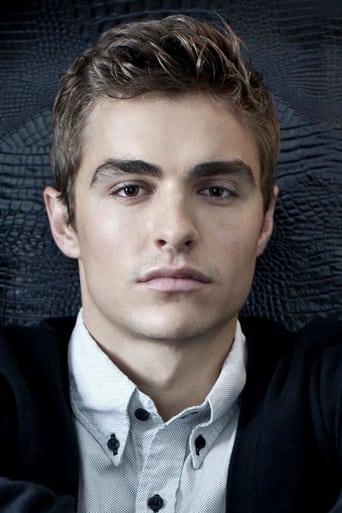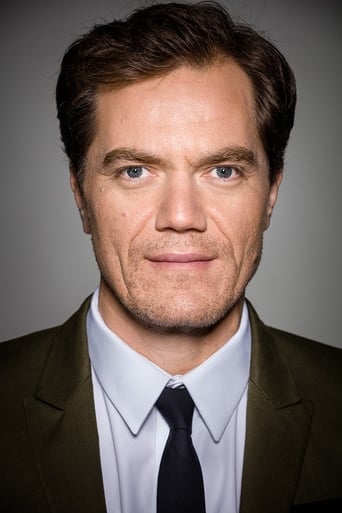Docudrama about American poet Hart Crane, who committed suicide in April 1932 at the age of 32 by jumping off the steamship SS Orizaba.


Similar titles
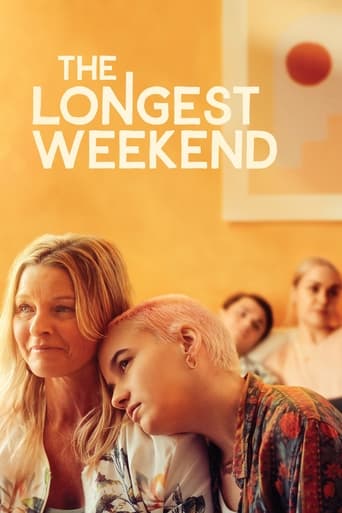
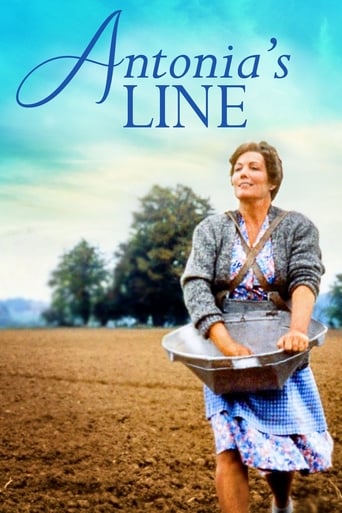
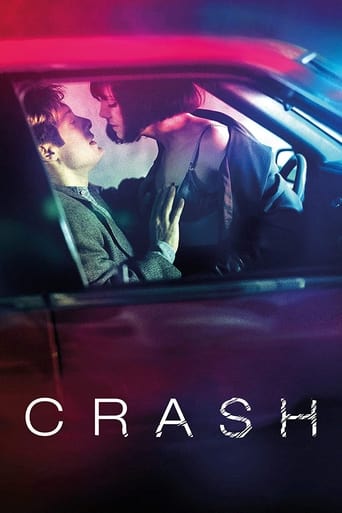
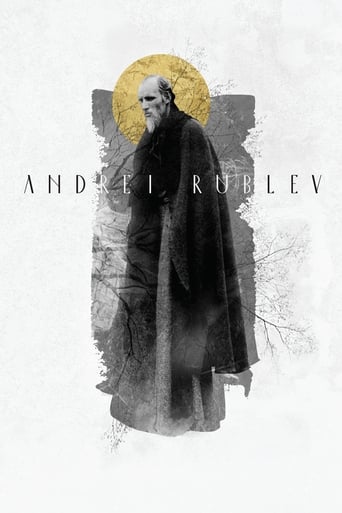

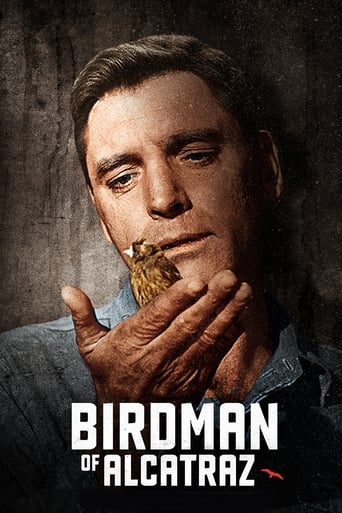
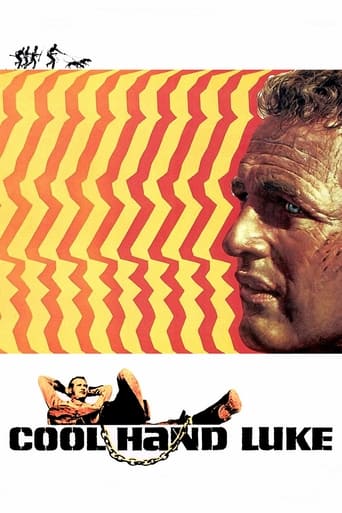
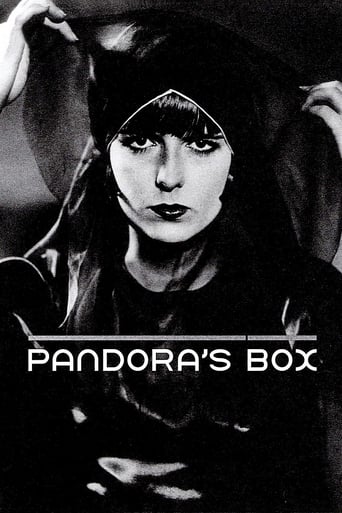
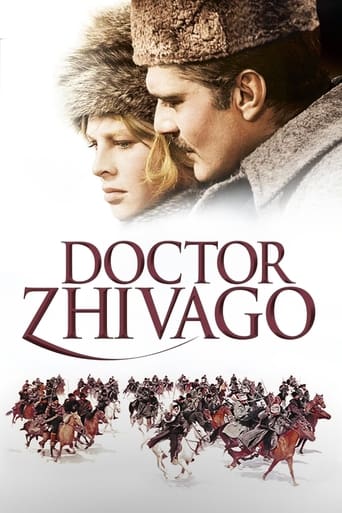

Reviews
This film carries an beautiful and 'dream like' aesthetic to it that left me with sweet dreams following my viewing.The film about visionary poet Hart Crane, who lived a life of beauty, passion, and tragedy. Hart Crane was one of the most important voices in American poetry - but lived a life with as much turmoil as passion. From his early life to his journeys from New York, Cuba, and Paris, Crane's story and that of the loves that defined him is told with imaginative empathy, and with a no holds barred performance - in a film as introspective, rebellious, heartbreaking, and honest as Crane himself. Defying the all too common biopic recipe, Franco's Broken Tower examines the life of a poet through the eyes of a poet.Franco does a beautiful job with his interpretation of Crane's work and life. It is Franco's interpretation but then it's his movie. Make your own movie about Crane if you don't like it. You should have learned in Lit 101 that any interpretation that can be justified by the text is legitimate. If you're not familiar with Crane and his work read a little bit of biographical material and some of his poetry before you watch the film. Otherwise you'll probably have trouble following the story. Franco's reading is great. As good as his reading of Ginsberg's poetry in the movie "Howl." I'm glad some people are getting back to the basics of film making and not just making gluttonous-budget brain candy. Critics live on brain candy. That's why their brains are decayed.coming from 2017 I'm super hyped on his new films that are being realised in the next two years being zerosvile and the disaster artist, though i hope the attention and universal acclaim as a direct get to him and lead him away from making more of these small and great films that i love, it never has before!
The Broken Tower is the type of movie one generally sees at minor film festivals and thence disappears into the darkness, never to be seen again. Having said that, one should never dismiss such honorable efforts simply because there is no vast audience for a film that has no special effects, extra terrestrials, car chases or gunplay (which would exclude most European movies.) Oh and yes, it's in black and white and concerns Hart Crane, a gay poet in the 1920's who killed himself at thirty two. James Franco wrote and directed this movie, which comes across as an experimental film from a student still with much to learn. (Not knocking it, merely an observation, which is open to argument.) What the movie lacks most of all is an introduction to the many people whom Crane came into contact with during his life (from literary and social critic Waldo Frank - HUGE in his observations on American Society, to writer Malcolm Cowley and his painter-wife Peggy (Crane's only heterosexual love affair), painter Georgia O'Keefe and her husband Alfred Stieglitz, introducing Crane to Literary New York in the shape of Eugene O'Neill.) And other major influences in his life, Caresse and Harry Crosby (publishers of the Black Sun Press in Paris, who first brought recognition to William Burroughs, James Joyce etc, whose works were considered too obscene to be published in America.) WHERE is the scene where Harry Crosby (nephew of J.P. Morgan) considered the model for the Great Gatsby and the acknowledged epitome of drug-fueled extravagance and irresponsible behaviour in the 1920's, murders his mistress and kills himself while Hart is obliviously having dinner with Caresse? And what about Emil Opffer, Crane's one great love, for whom he wrote the suite of poems VOYAGES, which drop into the movie with flat readings, completely unbolstered by imaginative visuals? Nothing about Opffer's background, his family's flight from assassination in Denmark or Opffer's own experiences during World War 1. And what about Crane's mother's mental instability, her rejection of him for his homosexuality and threats to expose his sexual preferences to his father? And the meeting between Crane and Federico Garcia Lorca in 1929? Two doomed poets, both homosexual, totally unalike but both critical of American Society in the 1920's, although Crane's love for his country was absolute and eternal.The Broken Tower does illustrate the difficulties of Crane's poetry, which in his own words is described as "A jazz roof garden method, evolved from a pseudo-symphonic construction, of an abstract beauty that has not been done before in the English language. A kind of metaphysical quotidian combination". (Wow!) At the time Crane's poetry was more appreciated outside of the United States than within. (The London Times: "Mr Crane reveals a profound originality in lines of arresting and luminous quality", whereas in the New York Saturday Review, "Mr. Crane rapes language under the impression he is paying it the highest compliment".) Poet Marianne Moore, who printed some of Crane's earliest poems, found them so impenetrable that she rewrote them without Crane's permission, an act of betrayal that devastated him.What Crane was aiming for with his poetry was an Elizabethan accent on the American scene, drawn from the example of T.S. Eliot's The Waste Land, but rejecting Eliot's whole-hearted pessimism. Crane believed in America as the bridge to the future through mechanisation and he tried to infuse this in his poetry. What he ended up with was a mass of images that were so dense in their construction that the uninitiated reader would find them impossible to navigate. Crane believed in starting the journey for the reader, but forcing them to complete it on their own, which inevitably led to a great deal of frustration.The Broken Tower is divided into various "Voyages", supposedly designed to illustrate the major events in Crane's life, drawing ever closer to his suicide. These are introduced by cue cards. For example "Hart Crane goes to Cuba" -- and we see him taking a long, long walk down a street somewhere. Or "Hart Crane goes to Mexico" -- and we see him singing in a bar with a Mexican guitarist. The pivotal moments in his life simply fail to materialize. While his alcoholism and poverty are well documented, and figure in the movie, so many other incidents are missing. The fact that he left America when the Great Depression hit, the fact that he was awarded a Guggenheim Fellowship that enabled him to live in Mexico during this period, but was threatened with withdrawal due to his erratic behaviour and public intoxication, is nowhere to be seen.Another screenplay, entitled HART CRANE, written in 2008, can be found on www.simplyscripts.com and covers all the main incidents in Crane's life. Unfortunately, while it might be of interest to anyone seeking a fuller and more coherent version of Crane's life, it is unlikely ever to see the light of day due to the release of The Broken Tower.Summing up, James Franco deserves kudos for having tackled such a difficult and uncommercial subject. Certainly an original interpretation of a problematical character, the chasms that exist between each "Voyage" and the lack of depth in the main character (due to the absence of any interaction with the main movers and shakers in his life) make it highly unlikely that this movie will have any lasting effect or figure in any revival. However, if this movie interests anyone enough to seek out Crane's poetry, then that is everything one can wish for -- and grateful thanks to James Franco for that.
I must confess that I bought The Broken Tower for the wrong reason, because I read that James Franco did something in it that gay men do all the time but non-porn actors NEVER do on film, even openly gay actors in flagrantly gay movies. That bit was kind of a bust, but I ended up liking the movie anyway, for less sleazy reasons.I know next to nothing about Hart Crane, and I don't know a lot more after having watched this movie. It's not a biography by any means. My best guess would be that it's James Franco's impression of what Crane was like, and that's what makes it interesting.It's oddly directed, with very many long, hand-held, extreme closeups, filmed from about chest-level, of Franco (as Crane) walking the streets of various cities, usually looking up from just under his chin, but sometimes looking at the back of his head. That motif repeats often.At least 70% of the spoken lines in the movie are Franco (always as Crane) reading Crane's poetry: one long scene reciting to an audience in a formal setting, and much poetry read as a sort of narration as various events unfold on screen. This movie definitely is not for people who hate poetry - Crane's poetry in particular.It's definitely not for people who need action, romance, likable characters, or a clear story line in movies. It's for people who can sit through a 108-minute experimental movie without any particular expectation as to what it's going to be like.It's for people who appreciate enthusiasm and passion in artists (I'm talking mainly about Franco, but it applies to Crane too, I suppose) even if the result is not particularly coherent. It's obvious that this was a labor of love for Franco, and that more than anything else is what makes it interesting.
***Alert: some spoilers contained herein - but if one knows the life of Crane then these are not so revealing).*** Such is a healthy attitude for a despondent artist. It is one of the few bright spot seen shimmering from Crane in this biopic. James Franco takes Hart Crane's words - poetry and letters - and uses them as a backdrop for the evolution of a writer of promise cut down by his own wretched soul. At least that is how Crane comes off.Before I watched this flick I re-acquainted myself with Crane's verse; then I kept his book at hand during the film - which helped me keep interested in the movie. Franco manages to take the best of Crane - his poetry - and make it as bland as boiled chicken. There is one scene with Crane reading his work - rather than infuse the passion seen elsewhere in the film emanating from Crane - Franco chooses to recite the poems with no heart. The crowd's reaction to the second of the poems ('For the Marriage of Faustus and Helen') is understandable given the content and how Franco drones as Crane. The man's poetry needs to be read and sifted through several times before it feel accessible in some small way and Francdo blew a great opportunity to get his fans - who might not otherwise read any verse - interested in poetry. Granted, the rest of the film has me wanting to delve deeper into Crane's bio and his work. But I am most likely an anomaly in this respect, as I, too, am a poet and a teacher of literature. Still, with a positive attitude toward what is shown and read of Crane someone could become entranced with his work and also want to read more of it.As for the filmmaking aspect, there are many issues there: hand-held cameras make for unsteady viewing, seemingly random pick-up shots are meant to set scenes, and a windscreen was sorely needed for the microphone used to collect audio in several shots. An interesting approach is used to show the leap from younger Crane to the (slightly) older Crane played by Franco - using the aforementioned sporadic shots. It is filmed almost entirely in black and white (which is what one might expect from this sort of film, artsy and so-forth). Colour does work its way in during a trip to the Notre Dame Cathedral in Paris - but it had me screaming for the return to B&W since the cameras employed could not handle the natural interior lighting of the church, therefore showing the limitations of the production. Perhaps Franco thought this approach would show the beauty of the place and highlight the impact it had on Crane; however, the camera's constant trying to adjust its 'eye' to the setting took me out of the film.The story is unfolded through a series of "Voyages" (fitting, as the film ends with an excerpt from Crane's so-named poem and that it is on a sea-vessel that the poet chose to end his life). Title cards offer the subject in each 'Voyage' and the section reflects this accordingly: which helps one follow Crane's overall voyage.Franco manages to show the tortured artist trying to support himself and create poetry - but is ultimately unable to do both. Grants and fellowships are the godsend for any artist to contribute his verse to the world and that Crane enjoys both and is able to write is evident. Malaise works its way into his psyche and builds along the way to show the viewer what led to Crane's demise.The much-hyped oral pleasure scene seems unnecessary - yes, Crane was gay. There were better ways to make this known (as Franco shows in other parts of the movie) without having to resort to such a cheap ploy for shock value.There is a scene where Crane - frustrated by finding out his financial situation is hopeless, vents his feelings in his room; while I get the emotion, Franco falls short in expressing the way Crane would have felt. This stems, perhaps, in Franco himself never feeling denied anything he truly wanted so he is unable to display the rage a truly tormented artist would vent when going from simmering anger to a boiling cauldron of virulence in an instant.Michael Shannon appears in a minor, yet major role, but his character hardly speaks and comes, then goes, and comes then goes again so quickly that such a power of talent (he alone propelled 'The Runaways' forward and made that flick worth watching) never gets a chance to make an impact.Overall, the movie is ambitious and Franco does a righteous job of adapting the source material employed (Crane's poetry and Paul Mariani's 'The Broken Tower: The Life of Hart Crane') into a watchable slice of celluloid. The build-up of a creative genius torn apart by knowing his own abilities are wrecked by external factors is shown rather well.(Full Disclosure: the above is the exact same review I posted on iTunes for this film)

